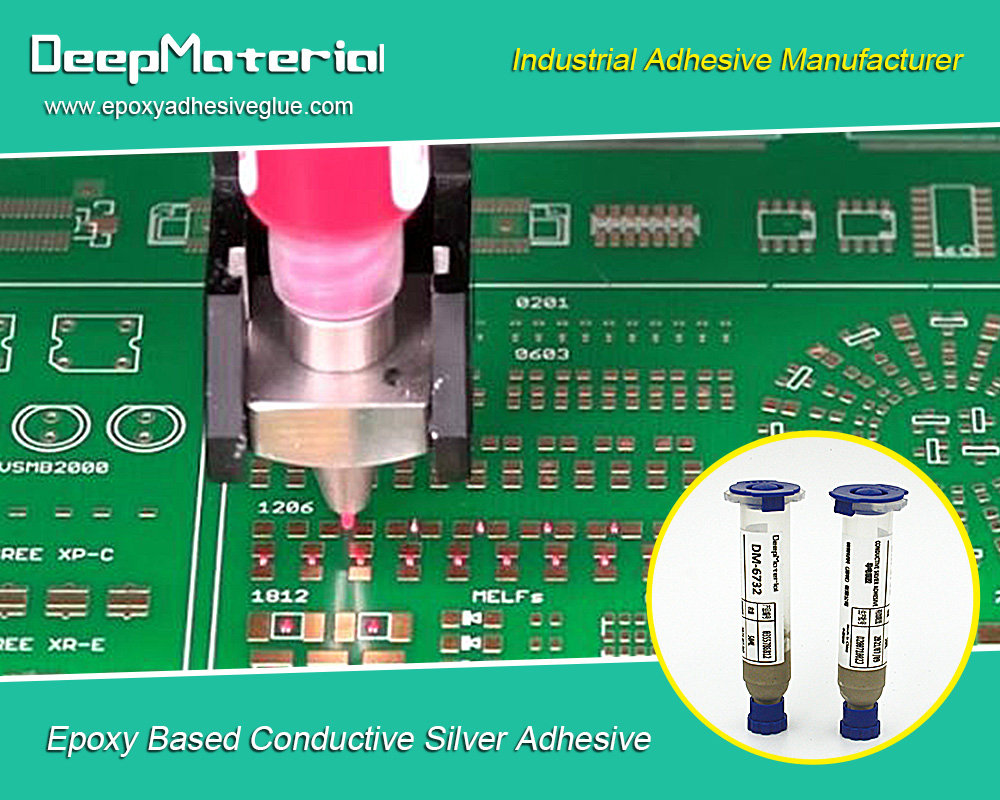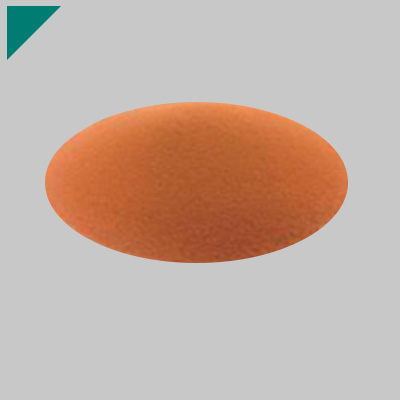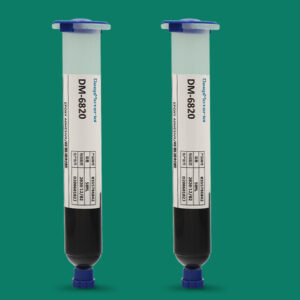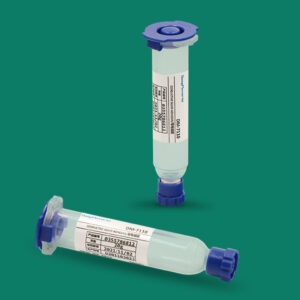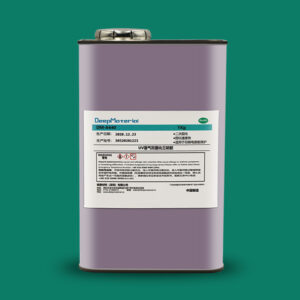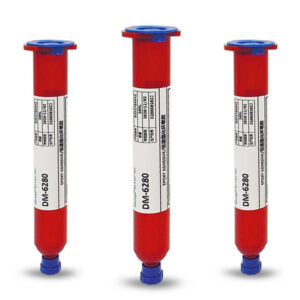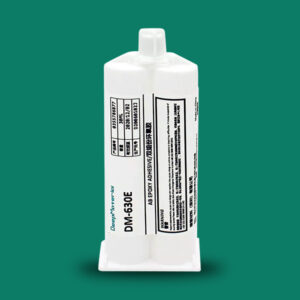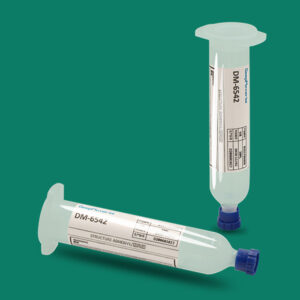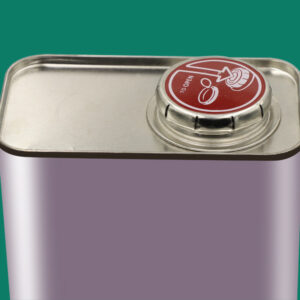Can Electronic Epoxy Encapsulant Potting Compounds Be Used For PCB Protection?
Can Electronic Epoxy Encapsulant Potting Compounds Be Used For PCB Protection?
Electronic epoxy encapsulant potting compounds are no joke – they shield printed circuit boards (PCBs) from the nastiness of the environment, such as moisture, dirt, and temperature shifts. These compounds are smeared onto PCBs to form a barrier against harm, helping protect it and keep electronic components ticking longer.
It’s crucial for PCB protection so as to guarantee its reliability and performance; unprotected PCBs have little defence against any damage that comes their way.
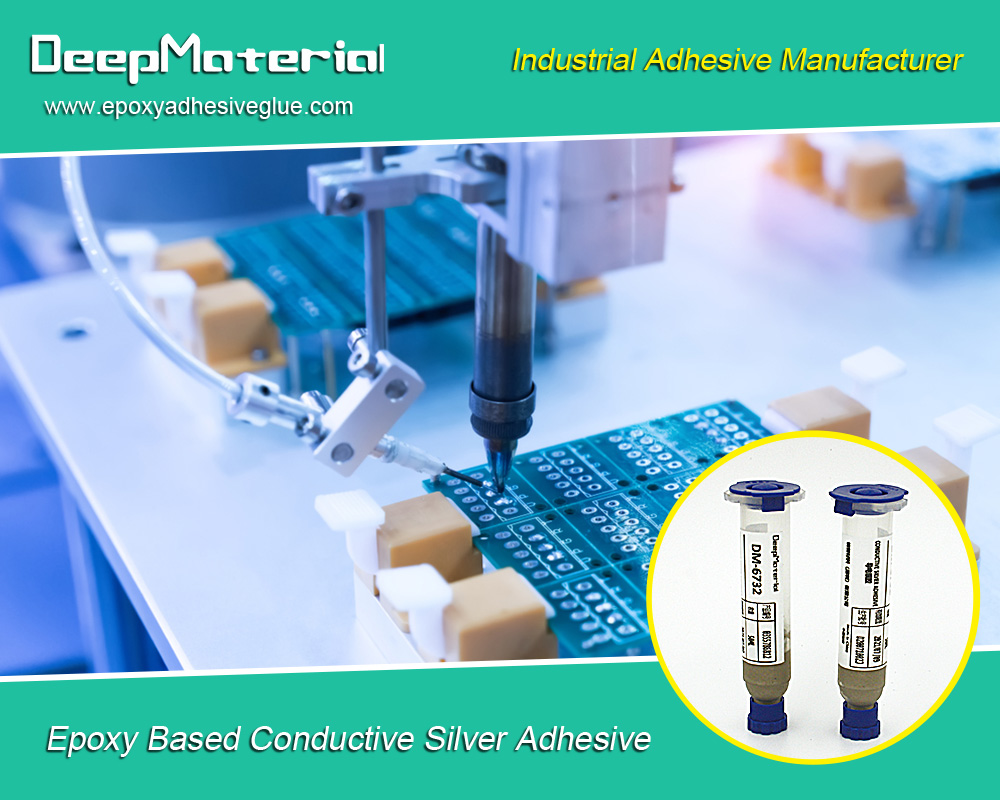
Understanding the Need for PCB Protection
It’s incredible how fragile PCBs can be when the environment takes its toll. Moisture, dust and even certain chemicals have enormous potential to wreak havoc on these little pieces of machinery. The same goes for physical pressure or exposure to extreme temperatures that cause expansion and contraction – all this kind of stress could potentially lead to a devastating failure rate.
That’s why shielding your PCBs through electronic epoxy encapsulant potting compounds is so essential – not just for longevity but also for reliability. It acts as an effective barrier against operator errors such as corrosion, short-circuits, and electrical leakage, ultimately ensuring that your components will keep functioning at full capacity long into the future.
Advantages of Using Electronic Epoxy Encapsulant Potting Compounds
Protection from moisture, dust, & other environmental factors
Say goodbye to dust, moisture and other notorious environmental factors ruining your PCBs! Our electronic epoxy encapsulant potting compounds are the indispensable companion of any device using a PCB – they create an impenetrable shield to help fight off these pesky perils.
Improved durability and longevity of PCBs
Not only does this help conserve performance, but it also preserves longevity and durability – you won’t have to worry about sloppy repairs or replacements.
Enhanced electrical insulation
Better yet, these ingenious crystals boast sensational strength in electrical insulation, too. Get ready for those protection in spades against shorts and leaks with ease.
Types of Electronic Epoxy Encapsulant Potting Compounds
There sure are a ton of options when it comes to electronic epoxy encapsulants – from flexible compounds with tough properties and specialized applications to rigid materials suitable for outdoor settings. Let’s have a look at some of the most popular choices:
Thermally conductive epoxy encapsulants
these boast high thermal conductivity, allowing heat to be dispelled from electronic components – a godsend in applications like power electronics where heat generation is a real concern.
Flame retardant epoxy encapsulants
They are known to bring peace of mind as they help prevent the spread of fire if there’s ever an issue with malfunction or short circuits; these compounds are often used in valuable industries such as aerospace and automotive.
Low-viscosity epoxy encapsulants
these easy-to-pour wonders are ideal for total coverage on PCBs, penetrating even the trickiest of shapes and tight spaces with ease.
High-temperature epoxy encapsulants
Last but certainly not least, high-temperature epoxy encapsulants stay strong under considerable duress: no melting nor brittleness when subject to extreme hotness – perfect for any application that occurs in scorching temperatures.
Factors to Consider When Selecting an Electronic Epoxy Encapsulant Potting Compound
So, you want to find just the right electronic epoxy encapsulant potting compound? Do your due diligence before you move forward. That way, you know for sure it’ll be compatible and perform up to your standards. Make sure to consider these factors:
Compatibility with PCB materials
Choosing the suitable material for your PCBs is absolutely vital. You can’t just grab any old epoxy encapsulant and hope it’ll get the job done; different adhesives have varying properties, so you want to make sure that yours is up to scratch.
Environmental factors
On top of that, environmental factors mustn’t be forgotten – consider temperature range, moisture exposure, chemical resistance and UV protection when evaluating materials.
Application requirements
And you don’t want your potting compound getting stuck in a slump over application issues either: figure out how much time you’ve got for curing, how dense it needs to be and how quick/easy its application should be.
Application Process for Electronic Epoxy Encapsulant Potting Compounds
The application process for electronic epoxy encapsulant potting compounds typically involves the following steps:
Preparation
Proper prep work is vital when it comes to applying potting compounds. You need to make sure the PCBs are clean and entirely dry – any dust, dirt, or contaminants on the exterior of the PCBs can seriously mess with adhesion and performance later on.
Mixing
Before application, you’ll likely need to mix up a two-part system according to your supplier’s instructions in order for everything to cure properly and give you the best outcome. One false move here could be disastrous!
Application
Now it’s time for the actual application: pour one layer of mixed compound onto each board, making sure no area goes uncovered. Don’t let air bubbles create empty voids either; otherwise, those spots won’t get properly protected from all sides.
Curing
Lastly is curing: check what your manufacturer recommends as far as timing and temperature go so that everything cures ideally once finished – trust me, this step isn’t worth skipping.
Comparison with Other PCB Protection Methods
Epoxy encapsulants stand out from the other PCB protection methods, like conformal coatings, because of multiple advantages – they’re thicker and more durable for superior protection against moisture, dust infiltration and other forms of damage that can cause problems.
Additionally, epoxy gives much better longevity when it comes to withstanding temperature changes and chemical assaults along with physical stressors. On top of all this, plus such an easy application process!
All in all, though, which one you choose depends on what you need specifically for sure.
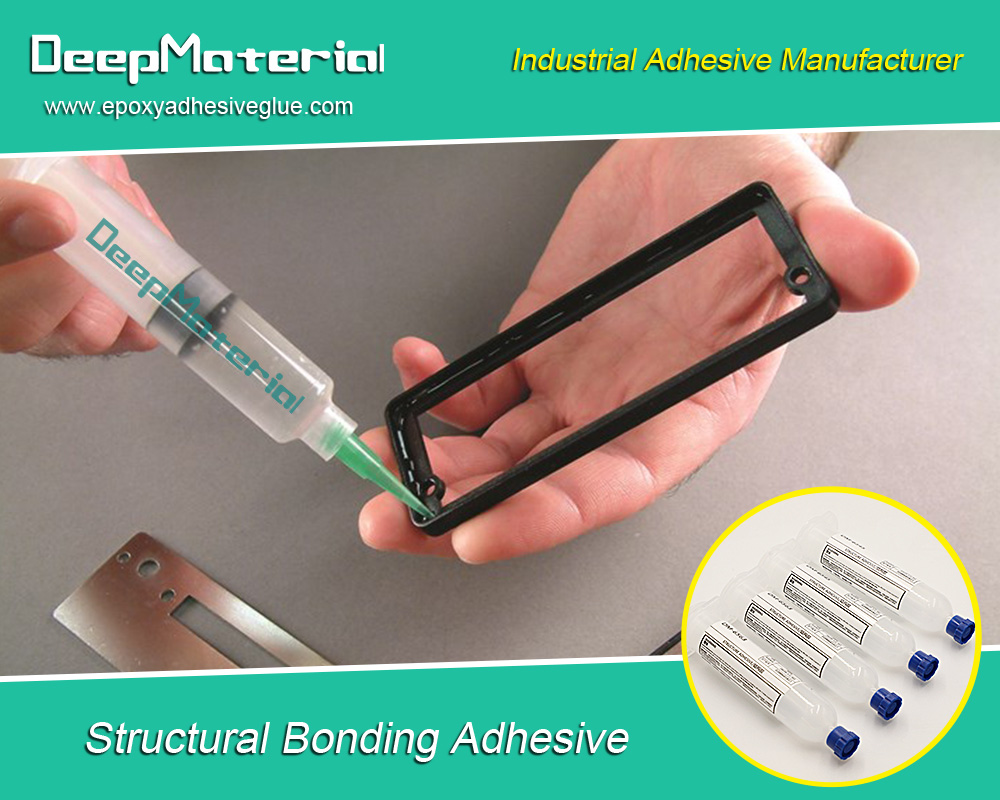
Conclusion and Future Outlook for Electronic Epoxy Encapsulant Potting Compounds in PCB Protection
To sum up, potting compounds are essential for protecting a PCB from damaging environmental impacts. We’re talking about things like moisture, dust and temperature fluxes here! But beyond that, these materials also have the major plus of improved electrical insulation and durability. It’s important to consider factors such as component compatibility, user expectations and natural conditions when choosing a compound – otherwise, it just won’t cut it.
For more about choosing the Electronic Epoxy Encapsulant Potting Compounds, you can pay a visit to DeepMaterial at https://www.epoxyadhesiveglue.com/category/epoxy-adhesives-glue/ for more info.


